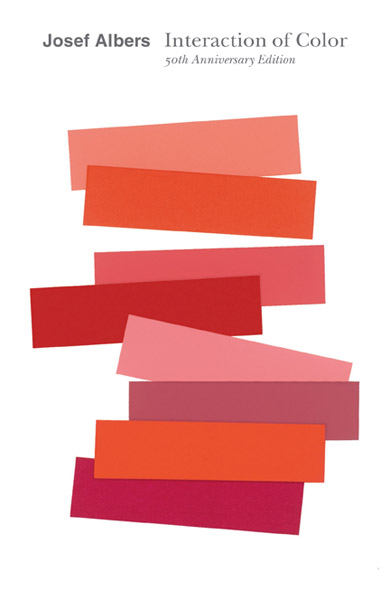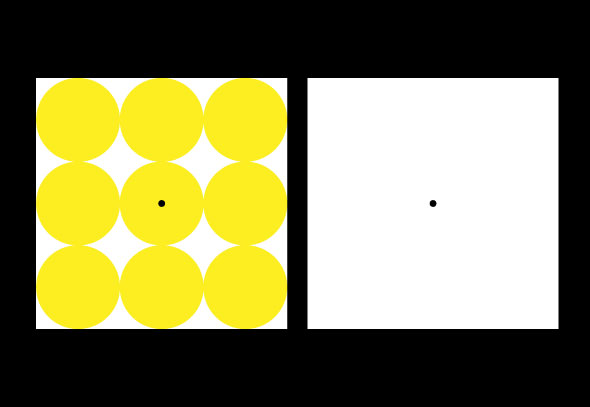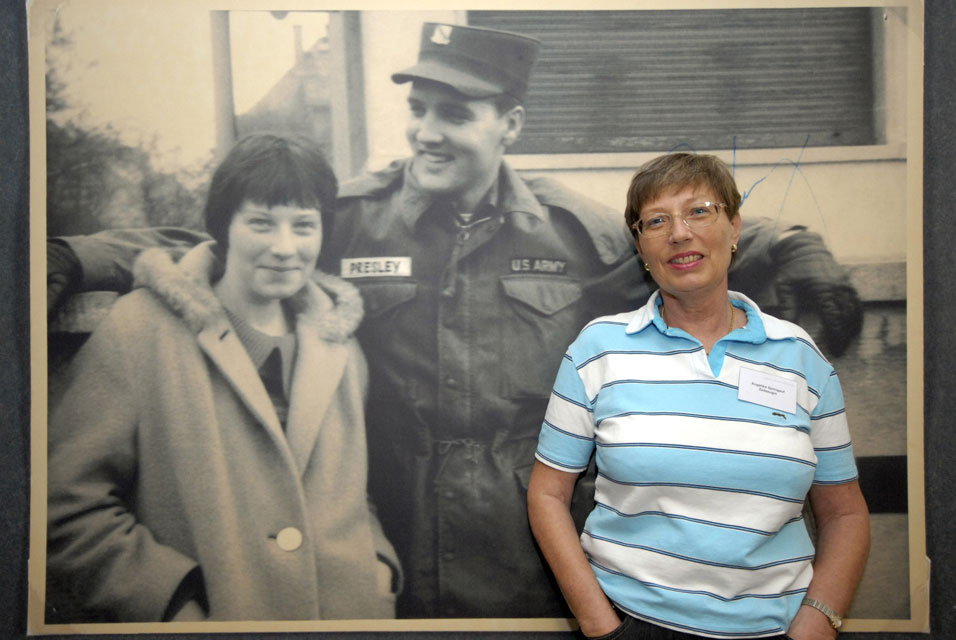Conjure up color to create yard magic
Color can make spaces feel larger or smaller, warmer or cooler. Paint your back door, and it goes from dull and worn to something fresh and new. Spread that hue around the window trim to give it more interest. Be bold, be inventive, but above all, make sure that color works.
Scripps Howard News Service
Color is a great equalizer. It’s a disguise for things not quite beautiful. For some creative souls, color is a sacrament. For those unwilling to think outside the box, it is a necessary evil.
When it comes to your backyard, you can make magic with color. Adding accent color to doors, trim, walls, sheds and fences can turn drab to dynamic in a single weekend.
Color can make spaces feel larger or smaller, warmer or cooler. Paint your back door, and it goes from dull and worn to something fresh and new. Spread that hue around the window trim to give it more interest. Be bold, be inventive, but above all, make sure that color works.
Here’s a tip from pro designers: Light colors make a structure seem larger by advancing in space. To play down that element so it’s less oppressive, use darker colors that make the structure visually retreat farther into the background. This is how color can solve spatial problems if you think things out ahead of time.
Light is vital to how the human eye perceives color, so evaluate color in natural light before you make the final choice.
Architects favor testing paint color on a sunny wall to determine how much natural light influences its ultimate appearance.
The pros select a few very similar candidates, then paint a square of each one on the wall to study how subtle differences are affected by variable light during the course of a day. In the late afternoon, warm hues will literally glow, while neutrals will remain flat. Blues that might otherwise be bleached in direct sun prove their most iridescent under high overcast.
Try to play off your interior color palette. Because the backyard landscape is often viewed from indoors through windows and glass doors, the exterior becomes part of the interior and vice versa. You don’t want a sudden change as you pass through a door to the patio. Instead, aim for similar colors to transition easily, so muted interior colors match stronger hues reserved for outdoors. Remember, it’s not essential that the interior and exterior colors be identical; they simply must be harmonious.
Many well-known architectural styles favor a well-established color palette. These hues are the result of centuries of architecture and building materials in the regions where the style originated. To obtain the same look and feel, it’s essential to thoroughly understand the color palette. For example, if you have a Spanish-style home and want those coveted hot Mexi-colors, you must have a good feel for this palette. Mediterranean architecture likes sunset hues. Likewise, the cool palette of saltbox homes along the New England coast is quite uniform. Failing to choose the right palette for your style will leave you with a vague sense of unease.
Beware colors used in the shade. Whether it’s natural forest or old shade trees, your color will not appear as bright in shade as it will on a fully exposed site. The good news is it won’t fade as quickly, either.
Color also can save energy dollars. When painted with lighter colors, a wall or structure will reflect heat. Dark colors absorb heat and hold it.
Color is so powerful that a single paint job in your yard can substantially change the way spaces feel there. Be creative, experiment and take risks, because paint is forgiving. If you’re not happy with the result, just paint it another color next weekend.








